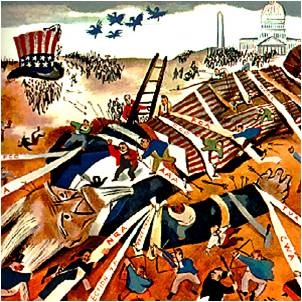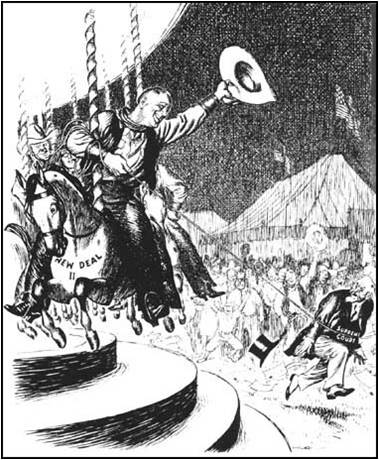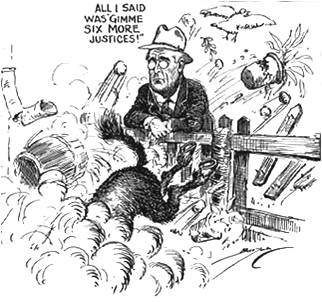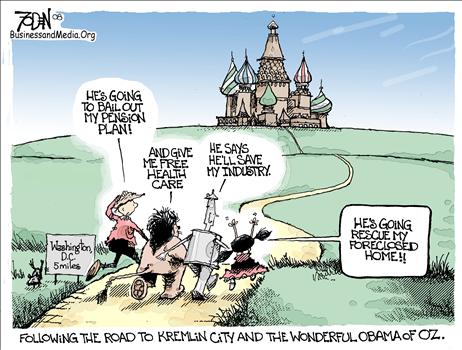There was a time in the 20th century when it appeared that a president was setting up a virtual one-man/one-party rule. That time was the 1930s; the president was Franklin Roosevelt.
He took office in the midst of the Great Depression and immediately began signing bill after bill to ostensibly take care of the disastrous economy. Many of the bills he signed had new agencies attached to them. They were called his Alphabet Agencies, and his New Deal marked a radical departure from traditional constitutional government.
Critics warned that this socialist direction would not pull the economy out of the doldrums but keep the nation entrenched in its financial pit. All these programs would simply tie up the resources of the nation and forestall recovery.
FDR alienated the business community with his actions, but he didn’t care. He was providing government money to those in need, thereby assuring his reelection. When he won an overwhelming victory in 1936, he determined to take total control of all three branches of the federal government.
The Supreme Court had been a thorn in his side, judging two of his programs unconstitutional. So now FDR had a plan to fill the Court with extra judges who would rule according to his vision of the future. Opponents called it the Court-Packing Plan. By it, he hoped to control all Supreme Court decisions and squash any attempt to declare his programs unconstitutional. One cartoonist at the time pictured it this way:
Roosevelt’s brash attempt to centralize all government power in himself backfired. Members of his own Democratic party couldn’t go along with it—it was just too brazen, too blatant. They balked.
As a result, the more conservative Democrats abandoned him on many of his proposals and joined the Republican opposition. The vaunted New Deal came to a halt. Although the country was saddled with what already had passed Congress, few new initiatives passed and we escaped presidential dictatorship.
FDR’s policies, by the way, never ended the Depression. In 1937, a new round of economic woes hit—a recession within an ongoing depression. Unemployment rates skyrocketed again. By 1939, even his own Treasury Secretary admitted that nothing they had done had made the economy better.
Perceptions, though, are sometimes different.
Since FDR was a good communicator, and since a lot of people received government aid, a significant portion of the population believed that his policies were successful, despite the actual numbers. Even today, we hear the mantra, repeated ad nauseum: Roosevelt brought us out of the Depression.
Perception and reality are often at odds.
Now we have a new New Deal. Barack Obama has consciously promoted himself as the new FDR. The underhanded manner in which he forced through government control of healthcare is indicative of his desire to create presidential dictatorship once again. Keep in mind not one Republican in Congress voted for this bill. It’s one-party rule.
Meanwhile, millions of adoring fans believe that Obama will grant their every wish.
They are in for a huge letdown—that is, if they can ever face reality. The wizard is impotent. He is a little man with no actual power. He succeeds by trickery and glibness alone.
FDR fell short of his ambition for presidential dictatorship. I pray that the new budding presidential dictator will run into a similar brick wall—for all our sakes.




